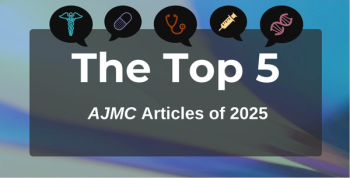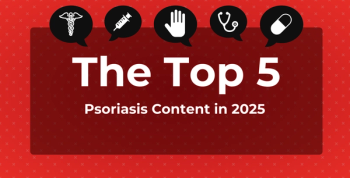
Contributor: How Medication Risk Scores Improve Health for Medicare Beneficiaries
Medication risk scores analyze an individual’s medication regimen to look for the potential for simultaneous, multi-drug interactions, which can cause adverse drug events and other medication-related harms.
What are medication risk scores, and how do they help improve patient health?
Medication risk scores indicate the risk of medication-related harm. The risk score highlighted in a
Broader use of simultaneous, multi-drug analysis can help prevent avoidable ADEs. Each year, ADEs cause
Why is it important in the Medicare population to use medication risk scores?
Using medication risk scores from a population, such as Medicare participants who receive services through the Program of All-Inclusive Care for the Elderly, can help identify who are most vulnerable. Based on an individual’s medication risk score, pharmacists can make recommendations to prescribers to reduce the potential for simultaneous, multi-drug interactions and, therefore, medication-related harm.
What is the relationship between medication risk scores and outcomes like emergency department visits or inpatient hospitalizations?
The relationship between the medication risk score that analyzes the potential for simultaneous, multi-drug interactions and outcomes is explored in the 3-part AJMC® series. The
For example, expected emergency department visits grew 7% per 1-unit increase in the medication risk score per year. In addition, a 3% increase in hospital admissions was predicted per 1-unit increase in the risk score. Plus, each unit increase in the risk score was associated with an 8.5% increase in total medical expenditure (Medicare Part A and Part B).
The
In the
What is the benefit for payers and providers when they use this data?
The risk score discussed in the research series represents a new model for targeting individuals, by identifying risk factors related to their medication regimen which can be modified by recommendations made through medication safety reviews.
These reviews represent a win-win. They improve health outcomes for participants or patients and help reduce medical costs. For example, according to the third study in the AJMC® series, the group with the medication safety reviews had more favorable year-over-year changes related to Medicare Part A expenditures (7.2% vs. 15.2%) and Medicare Part B expenditures (13.0% vs. 18.8%).
The ability to reduce medical costs is paramount, as health care spending is a major concern in the United States. According to National Health Expenditure (NHE) data from CMS, total national health expenditures
Reducing avoidable medication-related harm can have a significant impact on health care spending. In addition to emergency department visits, ADEs can lead to hospitalizations, follow-up doctor visits, and additional medical care. In preventing ADEs, unnecessary health care costs can be avoided.
Newsletter
Stay ahead of policy, cost, and value—subscribe to AJMC for expert insights at the intersection of clinical care and health economics.








































